What the world had feared all along has finally happened. On Monday, Japan began a trial dumping of nuclear contaminated water from its defunct nuclear reactor in Fukushima into the Pacific Ocean. Earlier, local media reports had said that infrastructure to pipe water from the damaged reactor would be in place during June 4-10 and they would start testing it from Monday.
The alternative options available for dealing with the nuclear contaminated water in Fukushima, ranged from digging a pit to store it to turning it into solid waste for burial. However, the Japanese government and the Tokyo Electric Power Company chose the cheapest option available, which is to pipe it into the ocean, despite this posing the biggest threat to people's health. Experts have warned that dumping the water will contaminate half of the Pacific Ocean within 57 days and it will spread around the world in 10 years.
The Japanese government might have saved some money in the process, but their credibility lies in tatters and the country's fishing community will bear the losses while global consumers face health risks. Selfish calculations always lead to lose-lose results and that's the case with the disposal of Fukushima water too.
The credibility of others has also taken a hit. US Secretary of State Antony Blinken had earlier supported Japan's "transparent efforts" regarding its decision to discharge nuclear contaminated water. In May this year, while on a tour to promote his book, Wade Allison, an emeritus professor of physics and fellow at Oxford University Keble College, said he would drink 10 liters of the Fukushima water arousing people's doubts about him being on the payroll of the Japanese government.
Instead of spending on public relations efforts to whitewash their nuclear contaminated water plan had Japan invested in better treating the water, controversies of this nature could have been avoided.










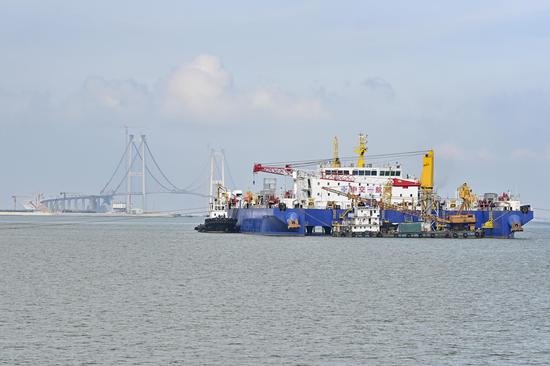
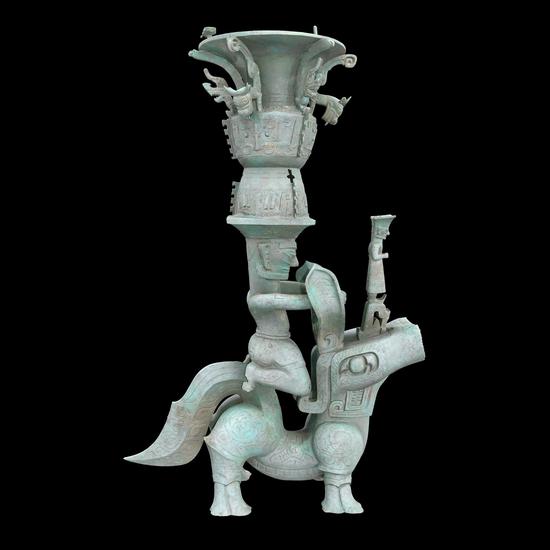



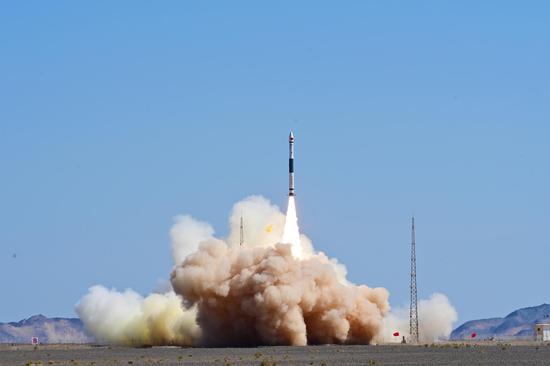


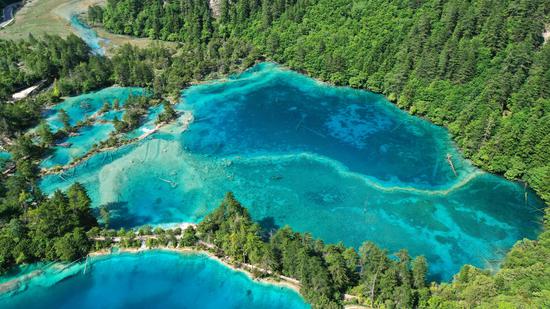


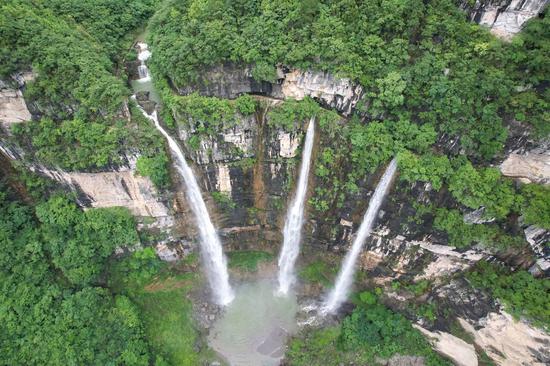


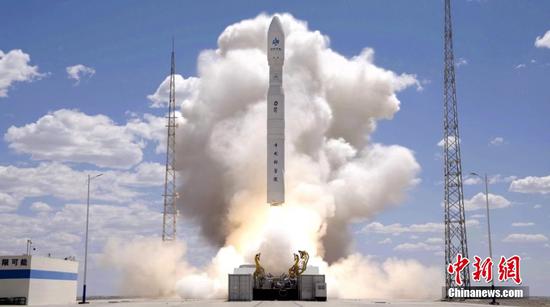


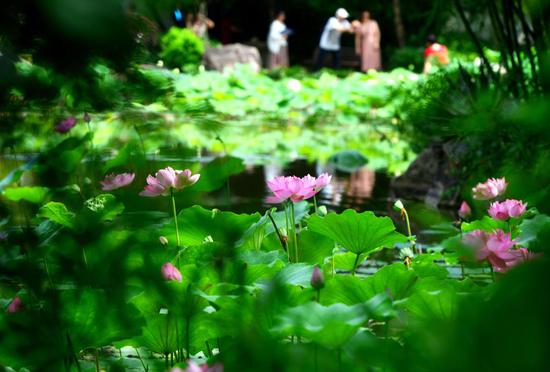
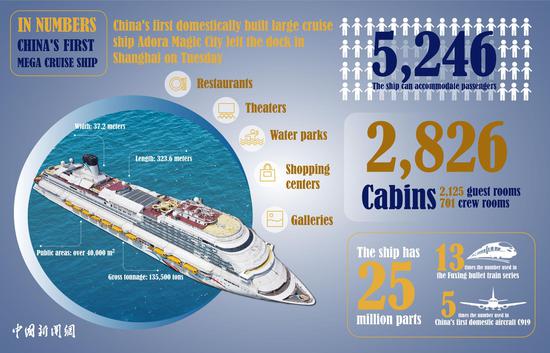


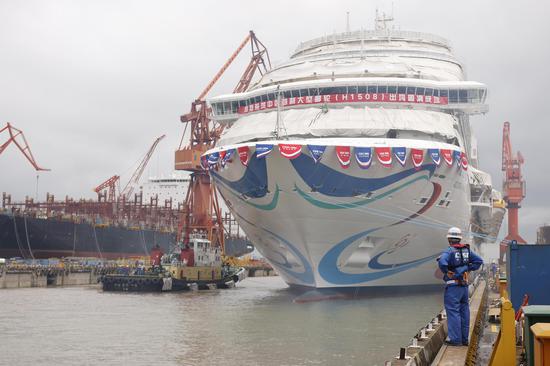



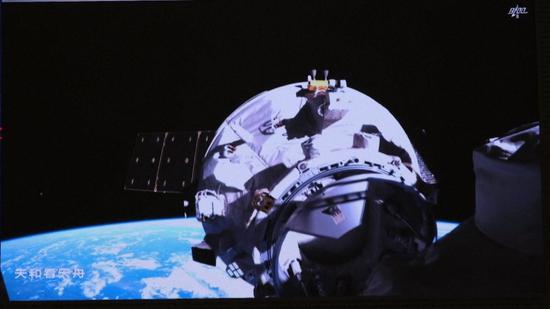


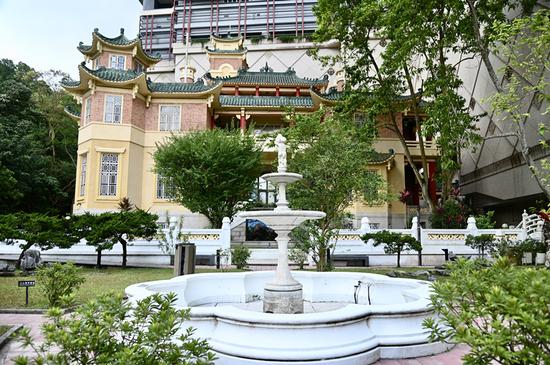
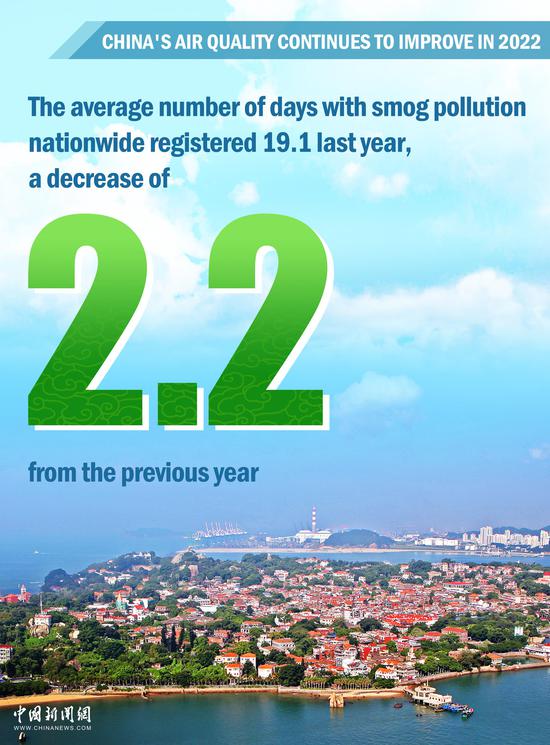

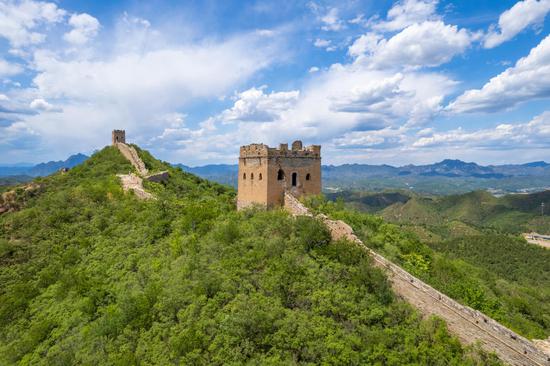
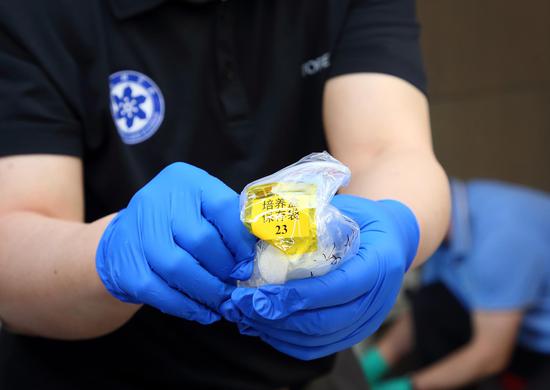



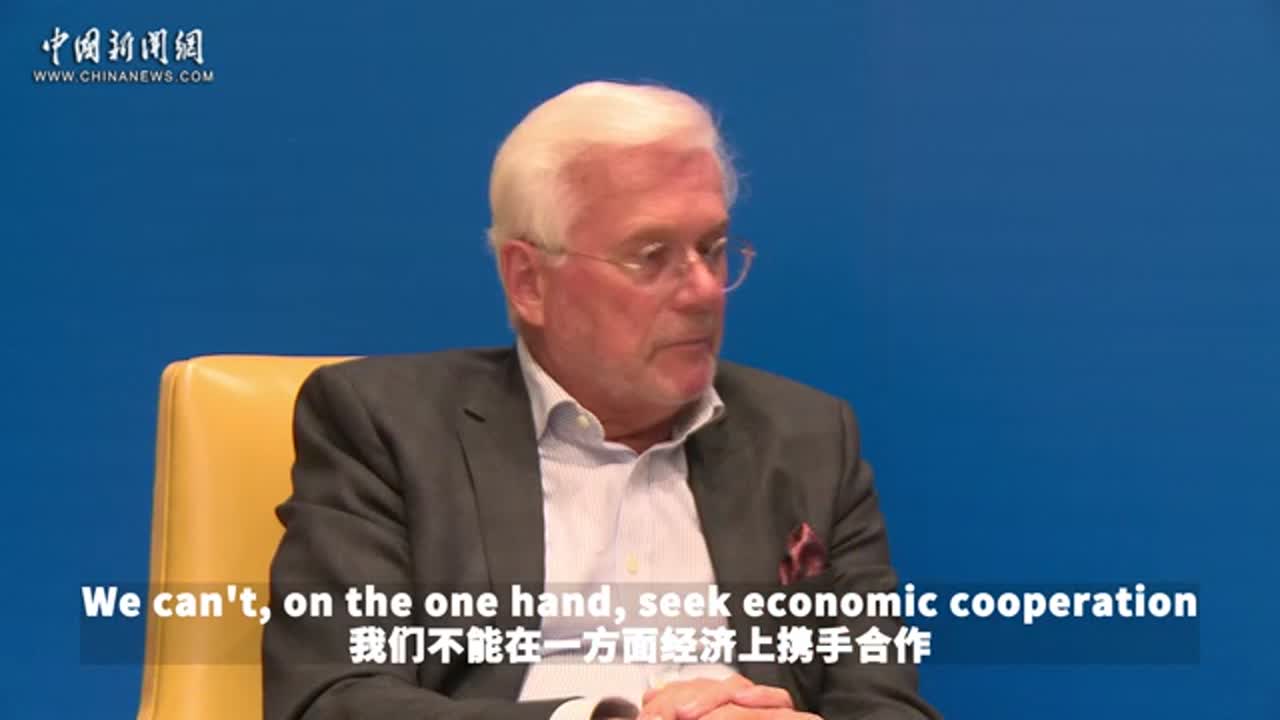



 京公网安备 11010202009201号
京公网安备 11010202009201号